GERD (gastroesophageal reflux disease) may lead to Barrett’s esophagus
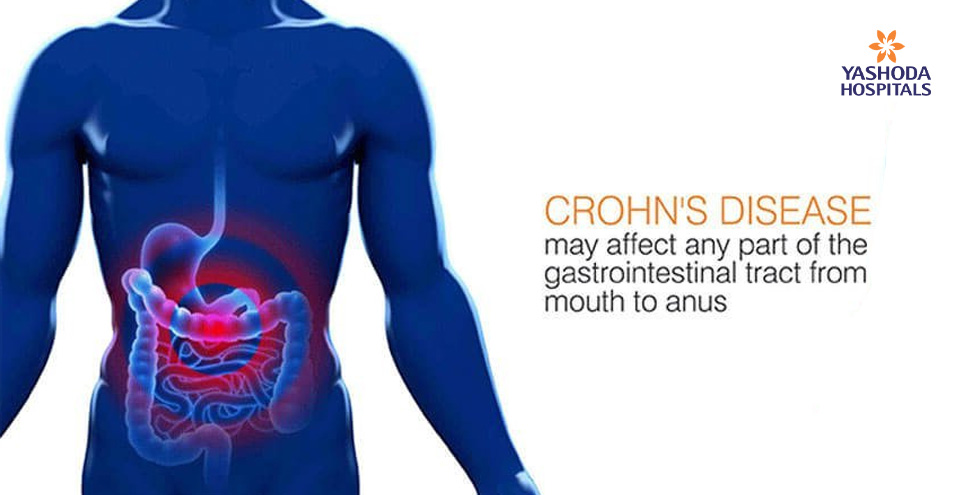
Barrettªs esophagus is a medical condition in which the tissue lining of the esophagus is replaced by the tissue similar to that of the lining of the intestine. The esophageal tissue lining is damaged by stomach acid. This condition is a complication of gastro esophageal reflux disease (GERD); around 10% of people with chronic GERD symptoms go on to develop Barrettªs esophagus.
In India, the prevalence of Barrettªs esophagus is as high as 23.6%, according to a study published in 2011.
Symptoms
People suffering from Barrettªs esophagus present with the following symptoms:
- Prolonged as well as frequent heartburn
- Trouble swallowing
- Blood in vomit
- Loss of weight due to the inability to eat properly because of the pain
- Pain below the sternum where the esophagus meets the stomach
Causes
The exact cause of Barrettªs esophagus is not known. However, it occurs due to chronic inflammation which is most often caused due to GERD. But, not everyone with GERD progresses to Barrettªs esophagus.
Researchers cannot say with certainty about the probability of those suffering from heartburn also developing Barrettªs esophagus. Studies have found that there is no relationship between the severity of heartburn and the development of Barrettªs esophagus. However, there is an associated link between chronic heartburn and development of Barrettªs esophagus.

Risk factors and complications
The factors that put people at risk of developing Barrettªs esophagus are:
- Heartburn or GERD for 10 years or more
- Age more than 50 years
- Male gender
- White/Caucasian race
- Presence of hiatal hernia
- Being overweight
Tests and Diagnosis
Diagnosis is done by the process of upper gastrointestinal endoscopy.
- A tube with an attached camera and a light is put into the mouth to reach the esophagus and stomach.
- The patient is given a sedative. No pain is felt although the patient may feel slightly uncomfortable.
Biopsies may be done by the doctor from different parts of the esophagus. These tissue samples, when examined under the microscope, help confirm:
- If the Barrettªs esophagus has indeed developed
- Presence of precancerous cells in the tissue sample
Once the condition of Barrettªs esophagus is confirmed, a follow-up endoscopy and biopsy may be scheduled to watch out for the signs of developing cancer.
Periodic endoscopies are recommended to monitor the condition so that early signs of cancer can be caught and treatment can be immediately started.
Treatment
Treatment for Barrettªs esophagus involves improving the symptoms of acid reflux and preventing the condition from progressing.
Certain lifestyle changes are advised by the best gastroenterology hospital in Hyderabad
- Avoiding tobacco, alcohol, and caffeinated drinks,
- Sleeping with head in an elevated position
- Losing weight in case of overweight individuals
- Avoiding fatty foods, peppermint, spicy foods, caffeine, and chocolate.
Prescribed medicines are:
- Antacids
- Proton pump inhibitors
- Histamine H2 receptor blockers
Procedures to remove precancerous tissue from the esophagus are:
- Photodynamic therapy An esophageal balloon (a laser device) is used along with the drug Photofrin
- High energy is deployed to destroy precancerous tissue
- Harmful esophageal lining can be surgically removed
Barrett’s esophagus is a complication of long standing gastritis. Learn to identify the causes and symptoms of gastritis




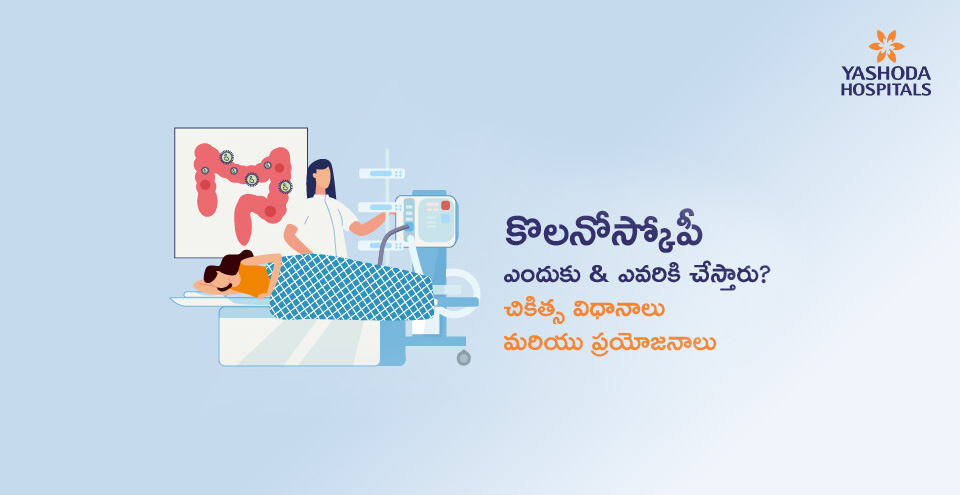
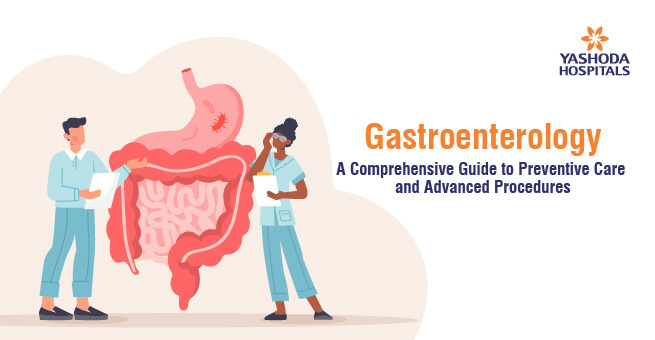

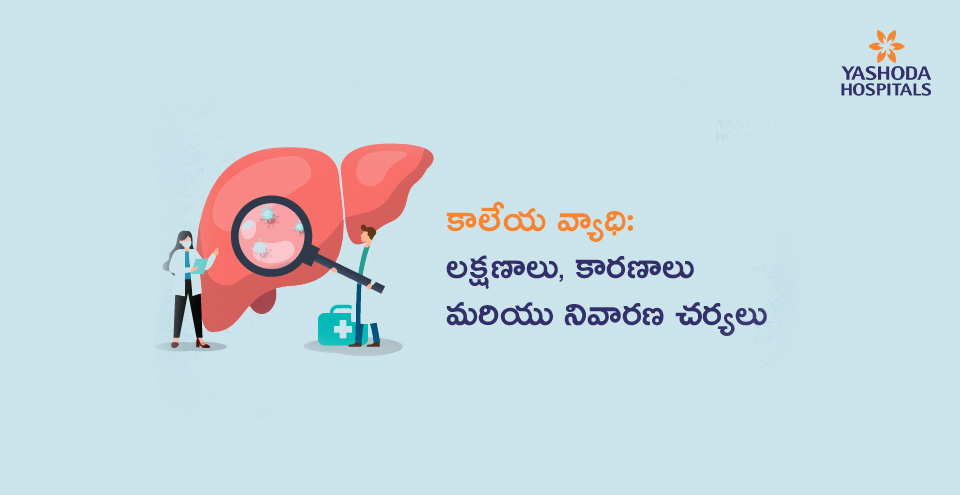

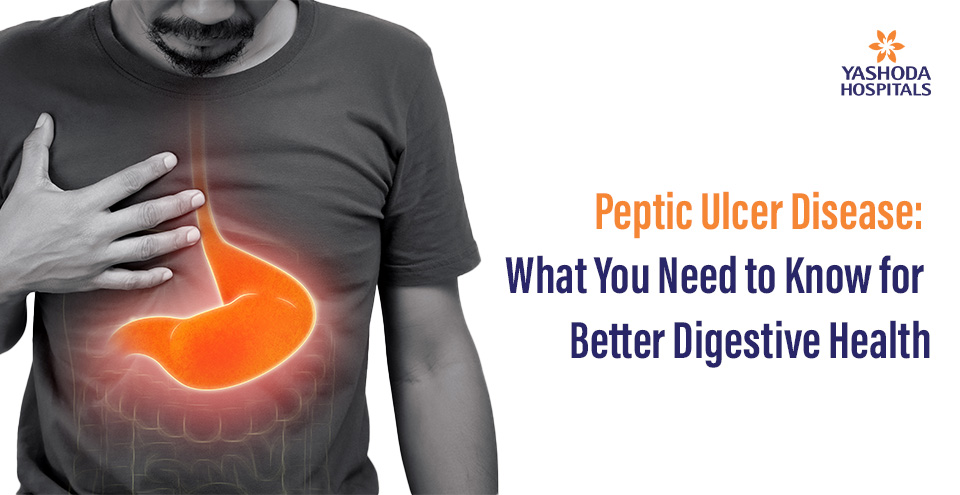
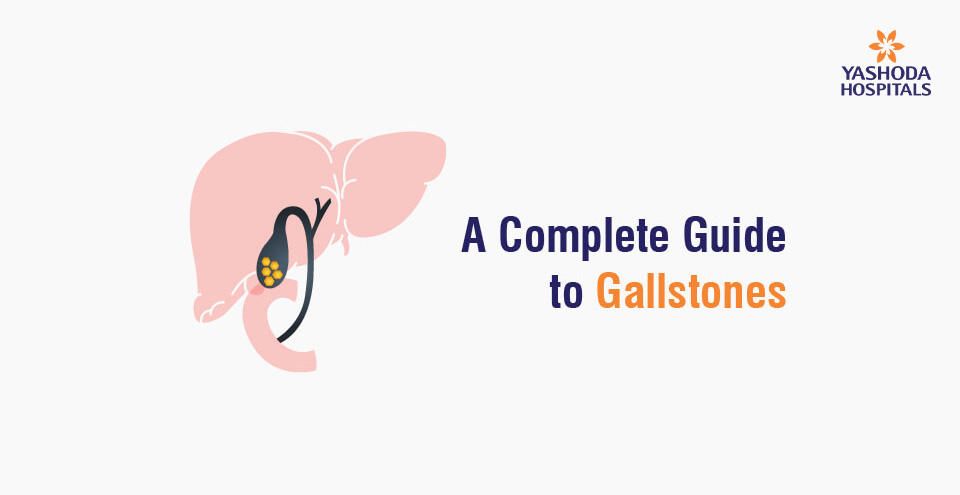
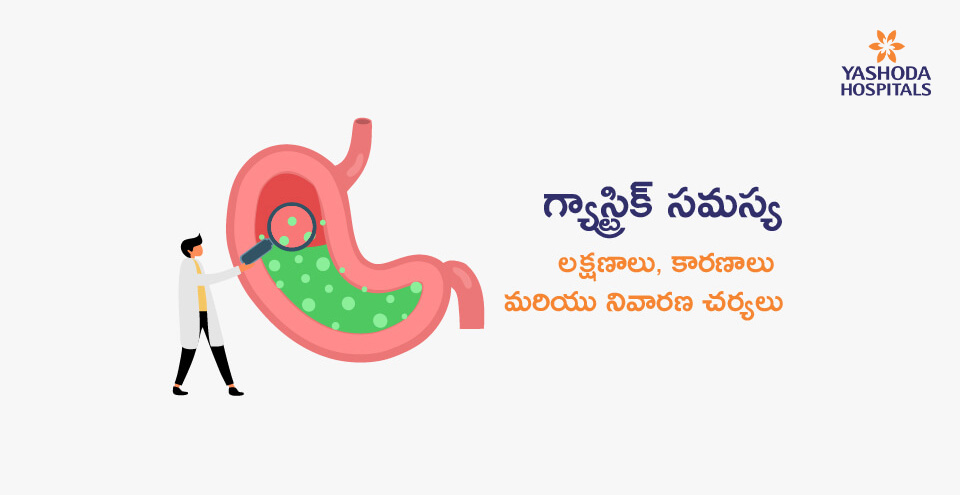
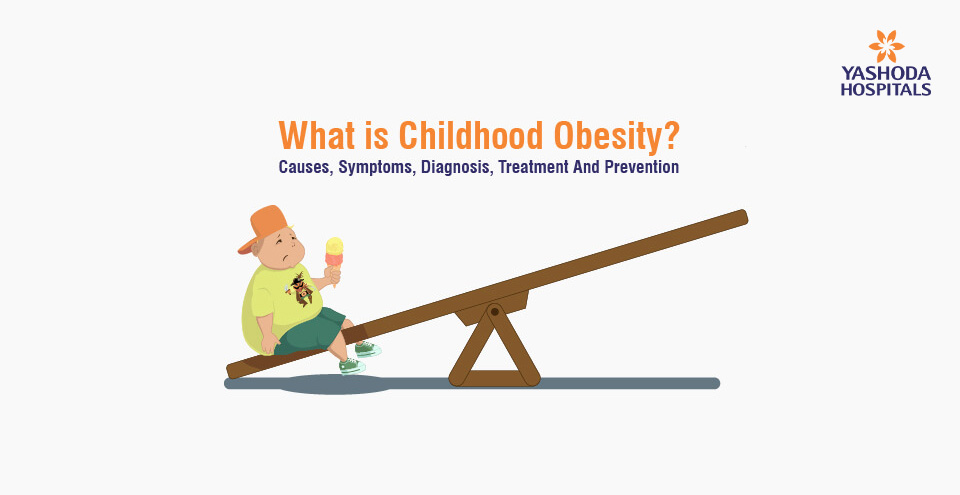
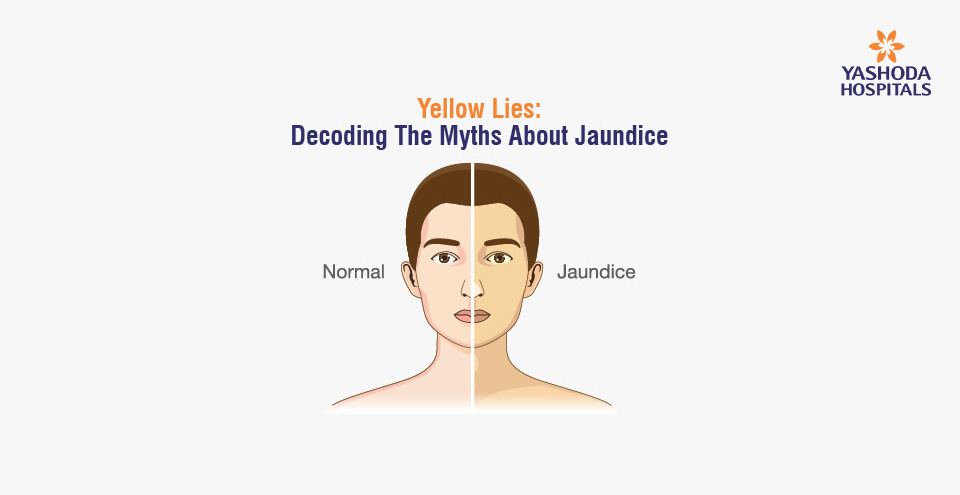

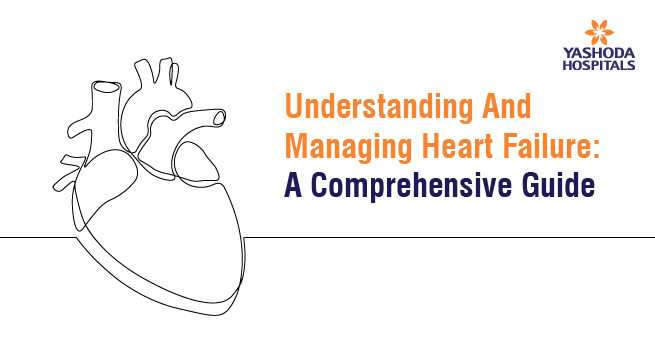

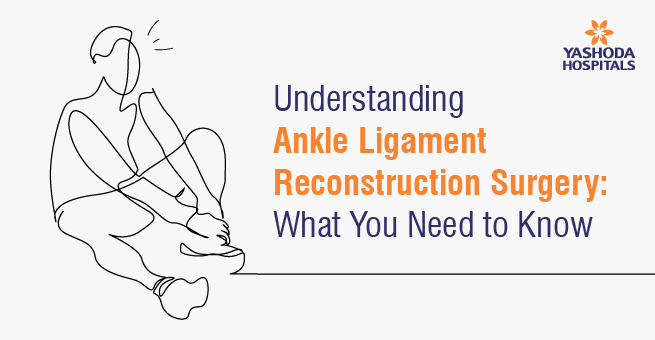


 Appointment
Appointment Second Opinion
Second Opinion WhatsApp
WhatsApp Call
Call More
More





